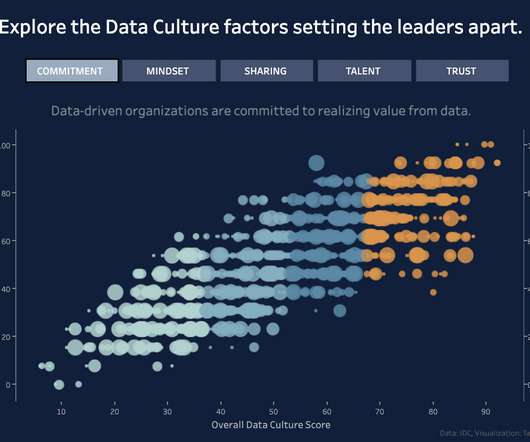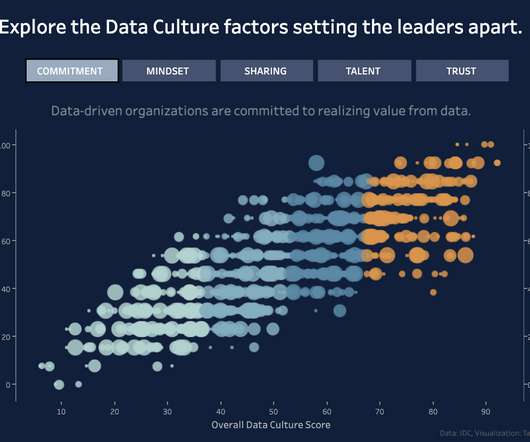Data fabrics bring the power of data to the people
Tableau
JUNE 13, 2022
Editor's note: This article originally appeared in Forbes , by Wendy Turner-Williams, Chief Data Officer, Tableau. In today’s fast-paced world of competing business priorities, the capacity to enable self-service data analytics with right-sized data governance is key. Data processing at the speed of business.












Let's personalize your content